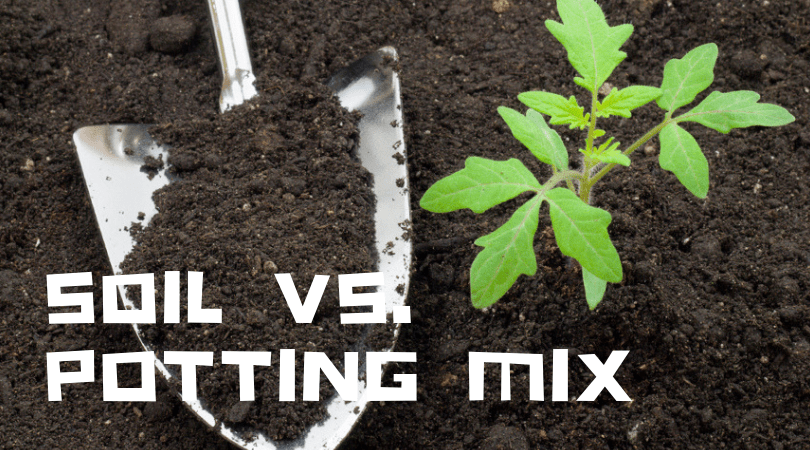Soil vs potting mix, is there a difference? These terms are often used interchangeable, however, they really shouldn’t be.
What is soil?
Natural soil is a mix of silt, clay, and sand. It contains organic matter, gases, liquids, and an extremely diverse array of micro- and macro-organisms. Soil is part of earth’s pedosphere, which has four major functions.
- Healthy soil creates a supportive environment for the growth of plants, as all of the necessary nutrients are already present.
- A means of water capture and storage.
- A habitat for both micro- and macro-organisms, which in turn modify the soil
- Soil is capable of modifying the earth’s atmosphere
Soil typically consists of roughly 50% solid material (minerals and organics) and 50% voids or pores filled with gases and water. Each half plays a critical role in supporting the growth of plants. Plants require the minerals and organics in order to maintain cell function, while the pores and voids allow for aeration, and are essential in maintaining the proper water to air ratio for the roots. Soil compaction eliminates these gaps, leading to a breakdown of the microenvironment as water and air is unable to reach the plants and organisms.
What is potting mix?
Potting mix or potting medium is often a soil-less mix of peat or coir, pine bark, and vermiculite or perlite. None of these actually provide any nutrients to the plants.
Good potting mixes are designed to stay “fluffy” and prevent compaction. This is why they are designed for container gardening. The potting mix won’t dry out too quickly, and won’t compact, which allows the plant’s roots to simultaneously take up water and remain aerated. It should also be noted that because potting mix usually does not contain any soil, it is considered a sterile growing medium.
Potting mix is sometimes used in starting seedlings. This is because it allows for plenty of drainage and a sterile environment for the initial stages of seedling growth. Seedlings are extremely susceptible to disease and pests in the early stages, and the sterile environment can help protect against this. However, the downside to this is the lack of nutrients.
Regardless of what you are working with, performing a few simple soil tests will help you get the most out of your garden.


No Comments